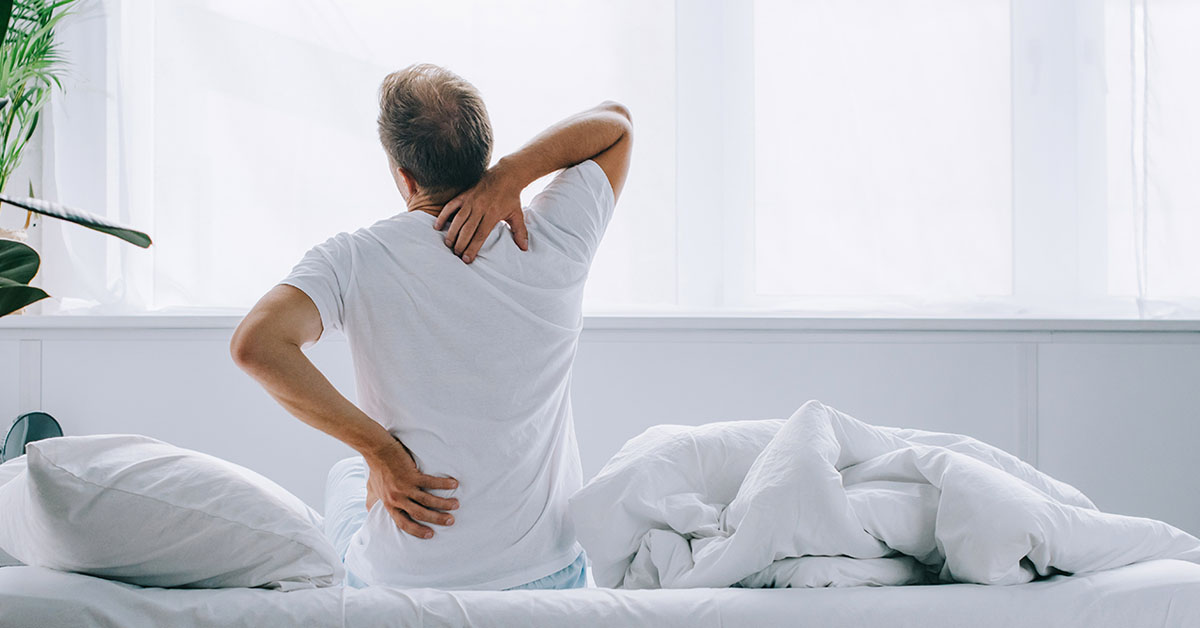
What is Adult Scoliosis?
Scoliosis generally develops during childhood, but it also can occur in adults. Adult refers patients who have completed their growth (i.e., are over the age of 18 or have gone through puberty). Adult scoliosis is distinctive from childhood scoliosis in terms of the causes. In addition, the goals of treatment differ in skeletally mature patients.
Scoliosis is a musculoskeletal disorder that adversely affects the shape of the spine (backbone). The spine is composed of bones called vertebrae. Normally, when viewed from behind, these bones (vertebrae) run down the back in a straight line. There are normal (front-to-back) curves of the spine; however, scoliosis is a side-to-side curvature of the spine. Therefore, a scoliotic spine (when viewed from behind) will not be straight and may instead look like the letter "C" or "S", due to the side-to-side (right-to-left) curvature. Adult scoliosis is relatively common compared to other musculoskeletal diseases.
Types of Adult Scoliosis
An abnormal curvature of the adult spine can occur at any age and from a variety of causes. Adult scoliosis can be the result of:
- The progression of childhood scoliosis
- Excessive wear and tear of the spine
- Neuromuscular diseases
- Previous spine surgery
- Spine injuries (e.g., fractures)
- Tumors in and/or around the spine
- Infections of the spine
Adult scoliosis also can be divided into a number of different classifications:
- Adult Idiopathic Scoliosis:
Idiopathic simply means of unknown origin; therefore, adult idiopathic scoliosis means that the exact cause of scoliosis is not known (i.e., there is no clear cause). - Adult Degenerative Scoliosis:
Adult degenerative scoliosis is caused by the combination of aging and wear & tear on the structures of the spine. - Post-Surgical Deformity/Scoliosis:
Post-surgical deformity occurs as a result of previous surgery for scoliosis or spinal fusion. This is type of scoliosis is typically seen in patients who previously had long fusions of the spine. - Neuromuscular Scoliosis:
Neuromuscular scoliosis is caused by diseases that adversely affect nerve and muscle function. Muscular dystrophy, cerebral palsy, and polio are examples of neurological conditions that affect muscles and can lead to the development of scoliosis.
Adult Scoliosis Symptoms
Adolescents with scoliosis rarely have pain; however, adult patients with scoliosis often have with a variety of symptoms. These symptoms are typically due to degenerative changes in the adult spine. Adults can experience a gradual loss of function and a decrease in the ability to accomplish daily activities.
Potential symptoms and signs of adult scoliosis may include:
- Backache or low-back pain
- Pain in the legs
- Early fatigue (muscles feel tired after standing or sitting)
- Spine curves to one side
- A hump may appear to be present on the back
- Uneven hips and/or shoulders (one is higher than the other)
